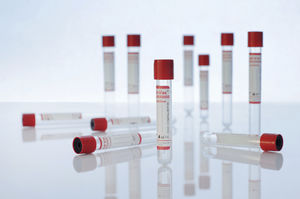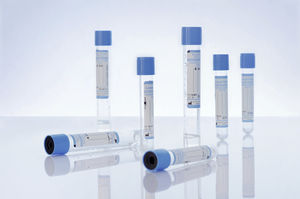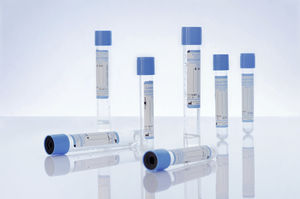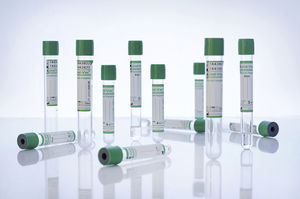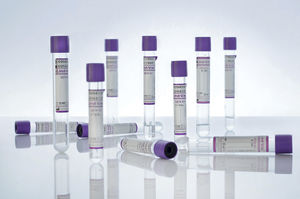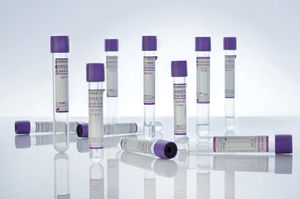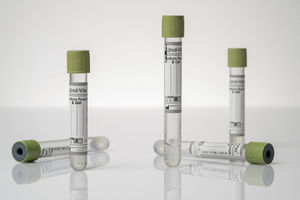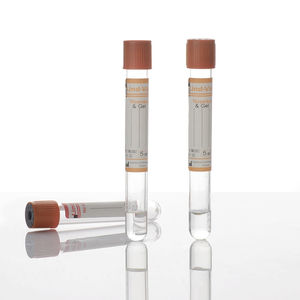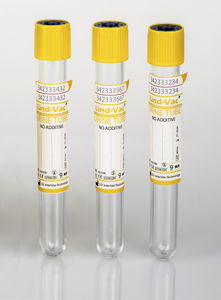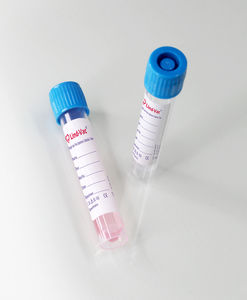
- Laboratory
- Sample management
- Serum analysis collection tube
- OÜ InterVacTechnology
Serum analysis collection tube LIND-VAC® AG seriesmicrobiologyfor toxicologyround bottom
Add to favorites
Compare this product
fo_shop_gate_exact_title
Characteristics
- Applications
- for serum analysis, microbiology, for toxicology
- Shape
- round bottom
- Sample type
- serum
- Other characteristics
- separator gel, with coagulation activator
- External diameter
13 mm, 16 mm
(0.5 in, 0.6 in)- Height
75 mm, 100 mm
(3 in, 3.9 in)- Capacity
1 ml, 3.5 ml, 6 ml, 8 ml, 10 ml
(0.03 US fl oz, 0.12 US fl oz, 0.2 US fl oz, 0.27 US fl oz, 0.34 US fl oz)
Description
With gel and clot activator
Vacuum blood collection tubes with gel and clot activator allow to obtain more serum than regular tubes due to the cleaner separation of serum from the clot.
Range of application: clinical chemistry, immunology, protein electrophoresis, serology, microbiology, toxicology.
DESCRIPTION
Gel is a special material designed to form a resistant barrier between the cellular components of blood and serum during centrifugation.
The density of the gel was chosen so that it is roughly between the density of the blood cells and the density of the serum, which causes it to move upward during centrifugation, settling above the red cells and in between the blood cells. The gel then hardens and forms a barrier between the blood cells and serum.
A certain amount of Silicone dioxide was added to the gel-barrier tube to ensure complete blood clotting within 30 minutes.
Specimen: serum.
Clotting time: 10 to 30 minutes.
Centrifugation conditions: 1500-2000 g for 10 minutes.
Once the specimen is collected, gently invert the gel-barrier tube 5-6 times to mix adequately.
Catalogs
Catalog InterVacTechnology 2023
20 Pages
Related Searches
- Sample tube
- Laboratory sample tube
- Collection tube
- Cylindrical collection tube
- Blood collection tube
- Sampling kit
- Conical test tube
- Collection tube with anticoagulant
- Laboratory swab
- Sterile sample tube
- Laboratory collection tube
- Transport swab
- Graduated sample tube
- Sterile swab
- Blood test tube
- Sample storage tube
- Virus swab
- Hematological analysis collection tube
- Blood sampling kit
- Collection tube with clot activator
*Prices are pre-tax. They exclude delivery charges and customs duties and do not include additional charges for installation or activation options. Prices are indicative only and may vary by country, with changes to the cost of raw materials and exchange rates.



